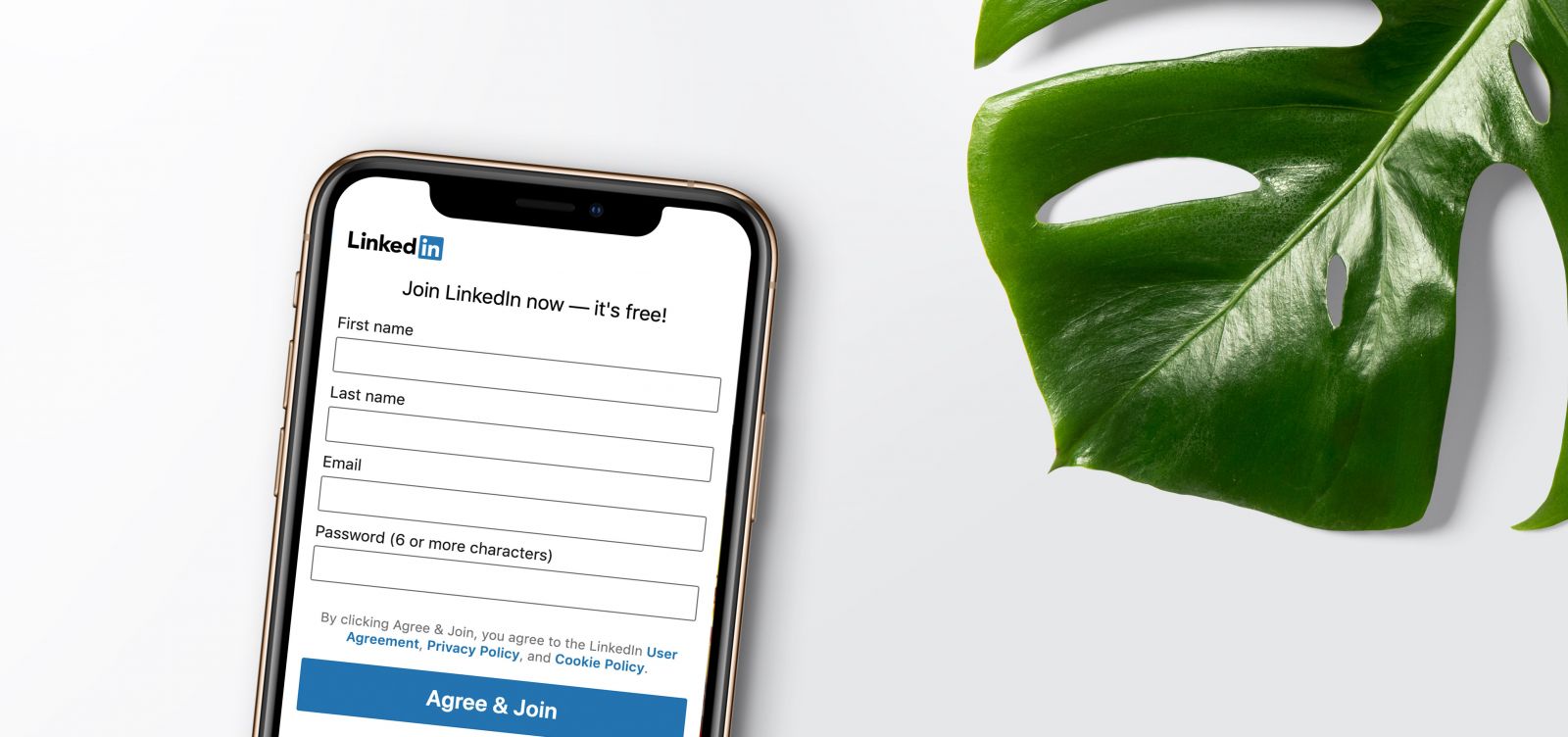According to a Human Resource Management study, 77% of employers are using social networks to recruit and among the recruiters using social tools, and 94% of them are using LinkedIn.
Indeed, LinkedIn is the largest social media platform for professional relationships and one of the largest social medias overall. There are over 500 million registered LinkedIn users with over a half of them being active every month. Naturally, with figures as large as that, they make a lot of impact on the state of the HR.
Experts claim that LinkedIn defines the direction of the HR organization of the future. How? Let’s break it down to find out!
In order to assess and predict the impact of LinkedIn on the future of the organisation of the HR, it is essential to understand the nature of this platform. Unlike other social media that differentiate between ‘followers’ and ‘friends’ and never let the categories cross, the line of distinction is much less apparent on LinkedIn.
It’s much easier to build an extensive base of contacts on LinkedIn, all of which can help you out in the hour of need - when you need to find a new job or hire a new recruit.
In fact, LinkedIn feed is designed in such a way that it shares everything you post with all your connections and if they interact with your post, it appears on their contacts’ feeds. A positive loop created!

LinkedIn Offers More Opportunities to Spot Talent
LinkedIn has plenty of features that help recruiters to find the people they’re most interested in. You can see everyone’s current job status, where they work, what their position is, what their interests are and what they are lacking at their current jobplace. While not all of that information is visible to an unarmed eye, a trained headhunter will easily spot all the details. Especially with the automation tools!
There are plenty of different integrations and extensions for LinkedIn that make the life of a headhunter even easier. To begin with, you can simply upgrade your account to the Premium version to get access to a wider range of features.
However, if you want to step up you game, you can invest in LinkedIn Sales Navigator. While originally aimed at facilitating better lead generation and sales, it’s great for the HR, too! Some of the key features it offers to its users include:
A large part of LinkedIn users have reported to still be interested in checking out job opportunities even though they are not actively seeking a job. In fact, the social media platform is filled with numerous ‘passive job seekers’ that are constantly eyeing the job offers they come across.
Thankfully, LinkedIn gives recruiters a marvelous opportunity to build their brand and increase brand awareness. All you got to do is out some time and effort into setting up an appealing business page that would be of interest not only to customers but also to potential recruits.
There are different ways of how you can become more visible to passive job seekers, but the most effective ones include the following:
In addition to all the aforementioned changes LinkedIn brought upon the HR, it has also altered the candidate validation process. Before LinkedIn, recruiters had to go through resumes of their job applicants, look for references and reach out to the contacts put down on paper.
There are two major problems associated with that:
However, it is not just the references that used to be easy to counterfeit. Another popular lie on the CVs of the past was the skills an applicant has. It is easy to make yourself look good on paper. After all, there is no way to check whether or not you really have all the skills and qualities you list before the recruiter gives the candidate a test task.
Once the task is completed (or not completed), of course, it becomes apparent which skills were true and which were exaggerated. Nonetheless, putting your candidates to a test can be a laborious and time-consuming endeavor.
LinkedIn, on the other hand, allowed recruiters to make the candidate validation process significantly more straightforward and effective. This, in turn, has led to better professional matches between companies and job applicants.
There are several ways in which LinkedIn contributed towards better CV validation:
All in all, LinkedIn is actively changing the world of HR. The social media platform has made recruitment more effective and transparent and brought plenty of new opportunities that had not been available in the past.
Theresa Cofield is a freelance writer who has a love for creativity and a passion for helping others. She works as a blogger at csgobettingg.com where she covers the topics of esports and the gaming industry.I will be waiting for your feedback!